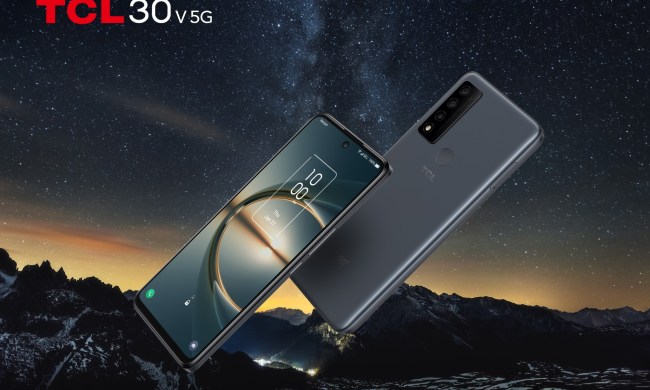This story is part of our continuing coverage of CES 2020, including tech and gadgets from the showroom floor.
Talk of 5G is inescapable, especially at a big conference like CES. The roll-out of 5G connectivity and 5G-enabled devices has slow and deliberate, but at CES 2020, it’s hit a fever pitch. Routers are popping up that will let users set up ad hoc
But now, it’s finally coming to one of the products most of use on a daily basis. Laptops. The first 5G laptops have arrived, and that could change mobile computing in a big way.
Freedom of movement

This year at CES, a number of manufacturers announced their first 5G-enabled laptops. Lenovo announced the Flex 5G, which is an entirely new laptop based all around its 5G connectivity. Meanwhile, HP and Dell added
In other words, if you’ve been waiting for 5G laptops, your wait is over. We suspect that, as with the latest Wi-Fi 6 standard that’s available on every new PC released since Intel’s 10th-gen CPUs made their way to the market, every laptop from here on out that supports cellular connectivity will ship with a
What exactly does a 5G connection do for you on a laptop?
Well, it’s not rocket science. Most obviously, 5G is significantly faster than 4G. Theoretical speeds put it at 20 times as fast, but in the real world users can expect to see up to 10 times the bandwidth. That translates into speeds measured in gigabits per second (Gbps) versus 4G’s megabits per second (Mbps), at least to fixed points. Laptop users can expect to see a minimum of 100 Mbps on the go, with speeds ramping up from there.
That means that 5G-enabled laptops will provide the same kind of performance on the road as today’s Wi-Fi-enabled
That might not sound all that groundbreaking on the surface, but consider the huge impact Wi-Fi had on the laptop. With the freedom to move around your house or office without being jacked in, laptops came into their own. In many ways, it’s a big part of what made
If 5G connectivity proliferates, we could see that same kind of transformation happen to 2-in-1s and portable PCs. After all, a 2-in-1 that can connect on the bus just as easily as at your house is a far more useful device.

Faster connection isn’t all that 5G offers, though. It also offers less latency, meaning that the time it takes your laptop to communicate with another device over the internet will be significantly decreased. That’s important for a number of applications, not the least of which is mobile gaming where latency is a killer.
Thanks to a variety of changes in how 5G functions compared to 4G, the new standard will also provide greater efficiency. That means better laptop battery life, which when coupled with increasingly efficient CPUs (including ARM processors) will enable true all-day productivity.
Interestingly, 5G also supports faster movement — up to 310 mph, in fact. That means that you’ll get better performance sitting in the passenger seat of a moving automobile or while working on a high-speed train.
5G laptops are only now getting their start. The vast majority of people won’t have even access to a
We still don’t know when (or if) that’ll happen, but the first step in the process happened at CES, and that has us excited about the potential.
Follow our live blog for more CES news and announcements.


